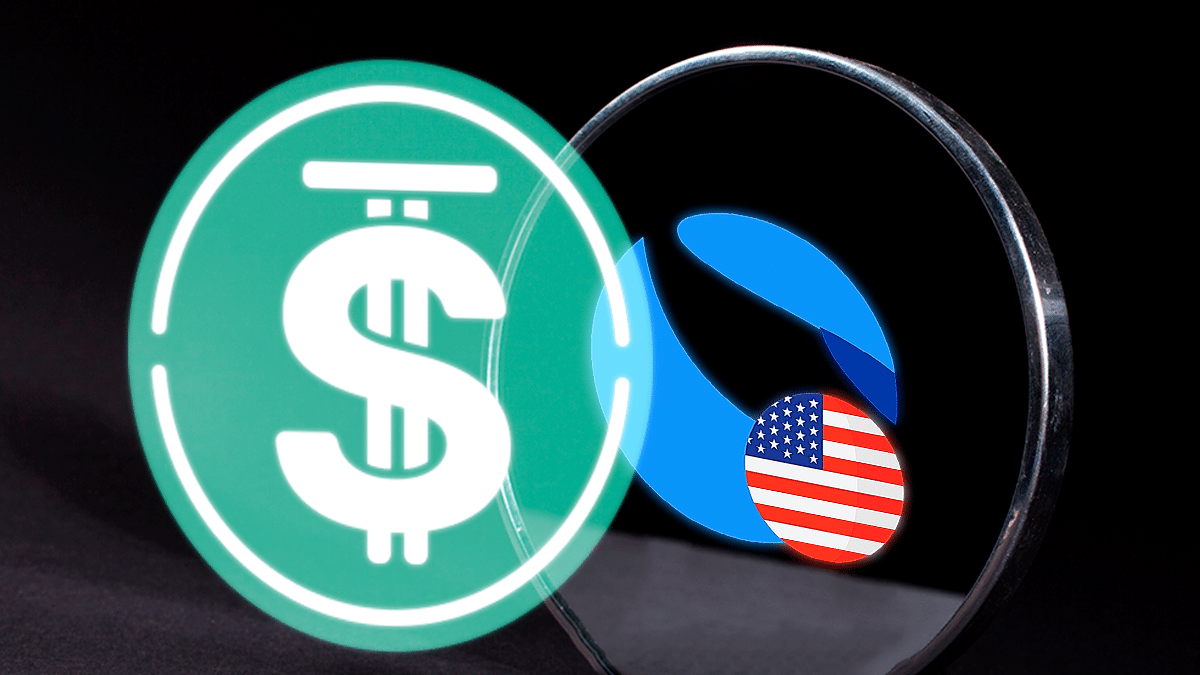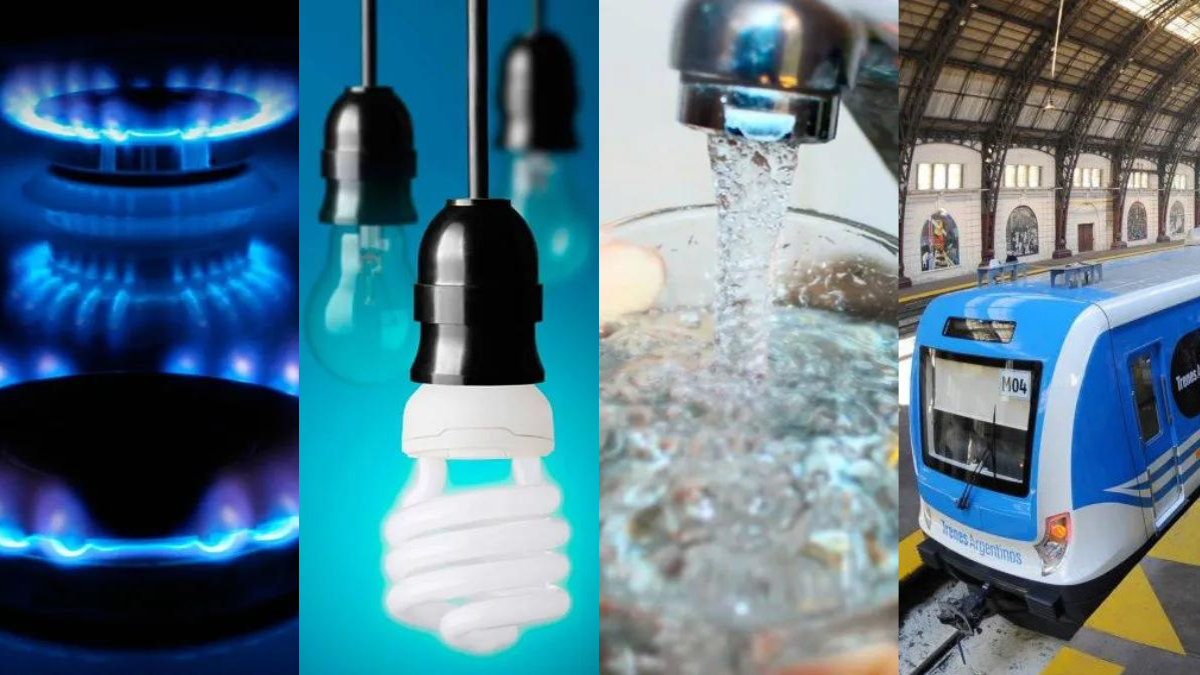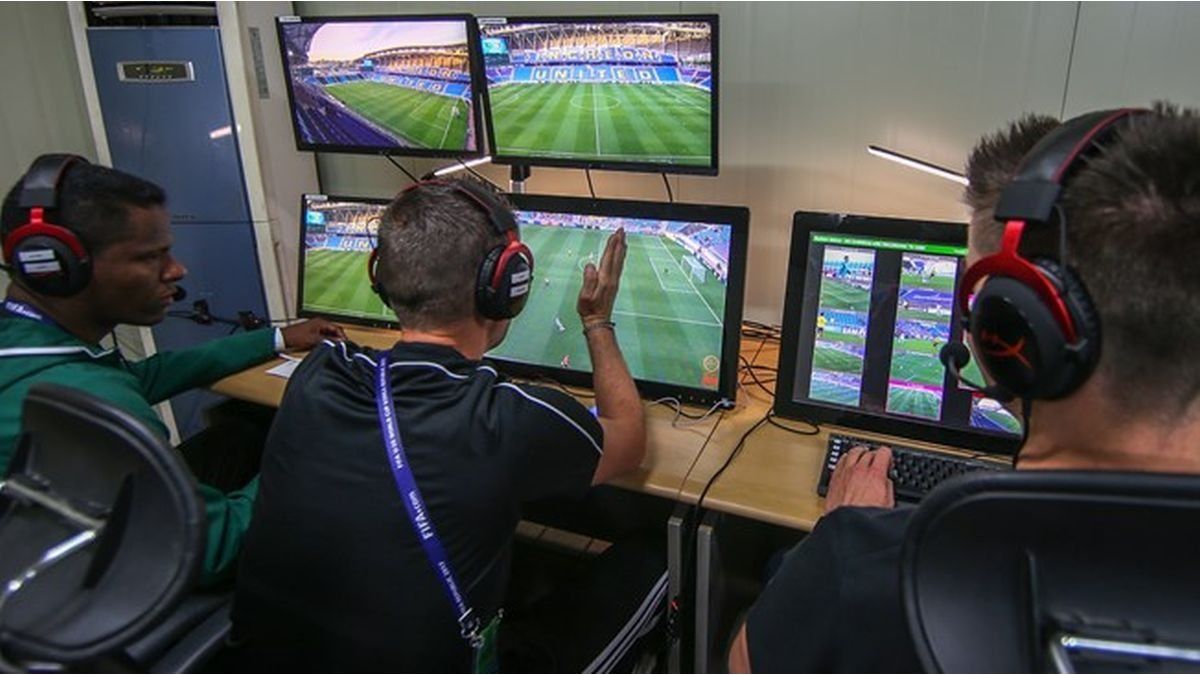What are algorithmic stablecoins
Unsecured algorithmic stablecoins like UST and USDD are not collateralized by fiat or low-risk bonds like other stablecoins like USDC. Instead, they use market incentives and a volatile token to preserve the 1:1 peg to the fiat currency they track.
Tron USDD is based on Tron’s native TRX cryptocurrency, currently trading at $0.082 with a market value of $7.78 billion, to maintain the peg, just like UST tried to rely on. Terra’s LUNA coin to absorb its price volatility.
How is the operation? Yes the USDD is trading at $0.98 on the secondary market a user would buy one USDD for that value and burn it in exchange for $1 of newly minted TRX, which can be immediately sold on the open market for $1, making a net profit of $0.02.
At the same time, the supply of USDD is reduced, which helps the price return to 1:1 parity. On the contrary, if USDD is trading at $1.02a user can purchase $1 worth of TRX and destroy it in exchange for a newly minted USDD, which could be immediately sold for $1.02, making a net profit of $0.02 and pushing the price of USDD to $1 .00.
The risks
The mechanism makes these stablecoins vulnerable to death spirals, a situation where both coins move in the same direction. That is, lower down, which eventually leads to a collapse of the ecosystem, as highlighted by the Terra accident. An ideal collateral should be inversely correlated to the stablecoin.
Furthermore, the promised double-digit returns on stablecoin deposits offered to fuel ecosystem growth are not sustainable in the long term. Terra offered a loan protocol called Anchor that promised a 20% return .
Tron-based DeFi platform JustLend has gone even further, offering a 30% return on USDD deposits after the stablecoin launch. Double-digit performance funded by loan proceeds attracted UST demand and positively impacted LUNA’s price, but it was doomed to fail.
That’s because payments depend on loan proceeds, which can decline during bear markets. After keeping the yield between 19% and 20% since inception, Terra’s Anchor lowered it to 18% in April and then switched to a dynamic yield model earlier this month.
Why investors bet on USDD
However, some investors have not taken lessons from Terra’s UST. This is evidenced by the growth of USDD or perhaps lending USDD is a low risk high reward trade at the moment as the ecosystem is still relatively small and could be defended by Tron DAO and Tron CEO Justin Sun.
Before the crash, UST was the world’s largest algorithmic stablecoin with a market value of $18 billion, while LUNA was a top 10 cryptocurrency.
“USDD’s most recent hit looks a bit ‘forced’ on the market and is small enough to contain it at this point in our opinion,” Matthew Dibb, chief operating officer and co-founder of Stack Funds, told Forbes. “Investors will likely see USDD as less of a risk with a $500m market cap, given that Justin Sun and Tron would strongly defend any peg issues,” he continued.
Source: Ambito
David William is a talented author who has made a name for himself in the world of writing. He is a professional author who writes on a wide range of topics, from general interest to opinion news. David is currently working as a writer at 24 hours worlds where he brings his unique perspective and in-depth research to his articles, making them both informative and engaging.




